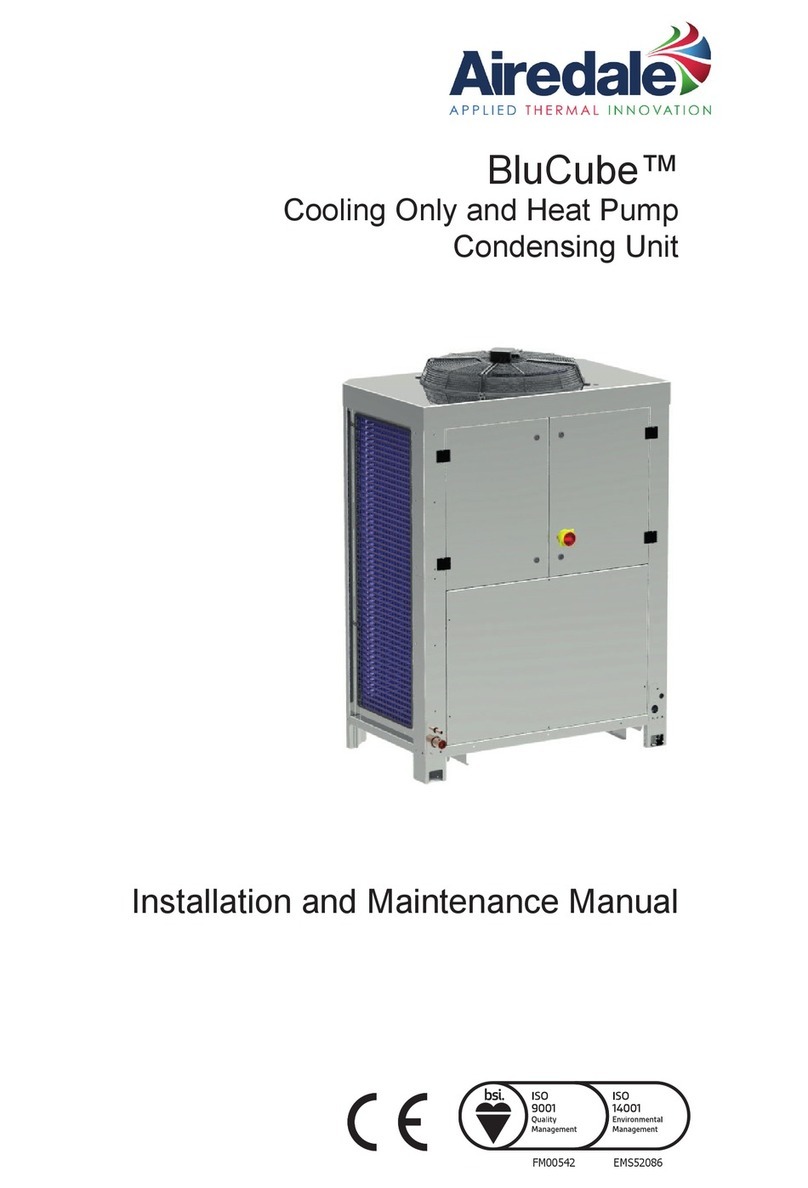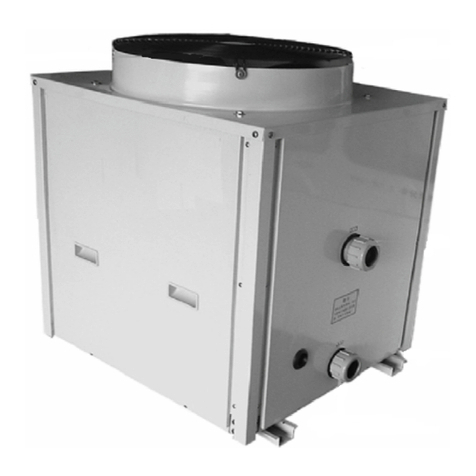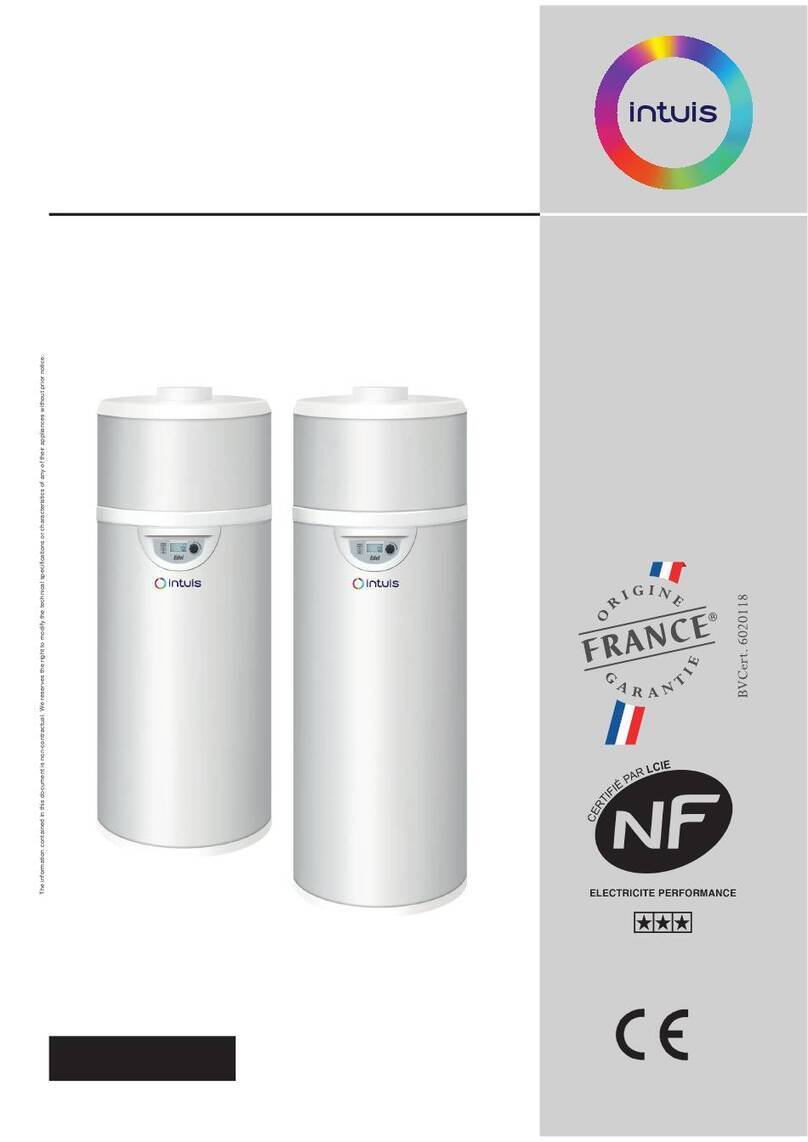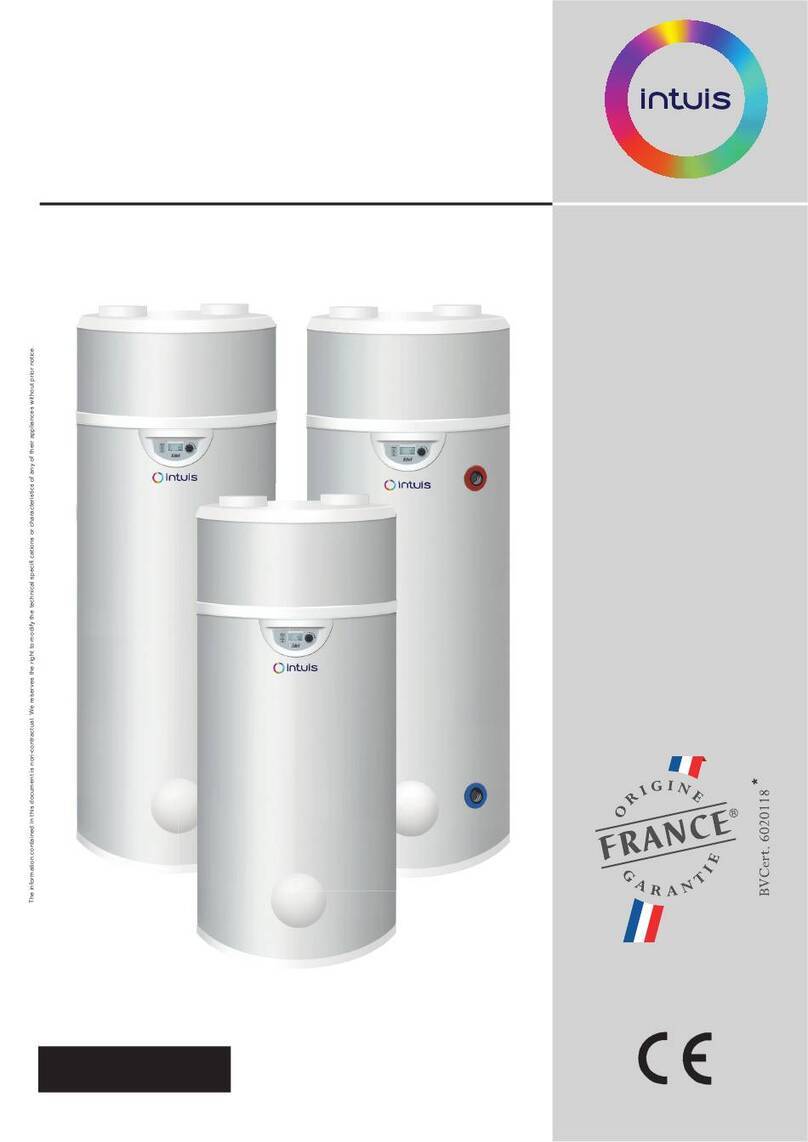
1 - SAFETY
Danger of death by electrocution
Touching live electrical wires can cause severe
injury.
• Before undertaking any work on the
appliance, ensure to switch o the power
supply to the appliance.
• Ensure that there is no possibility of the
power supply becoming active again.
Danger of injury or death due to the
absence of, or defective, safety devices.
Absence of safety devices can be dangerous
and may result in burns or other injuries.
Injuries could be caused by pipes bursting
for example.
The information provided in this document
does not represent all of the diagrams
required for a professional installation of the
safety devices.
• Install all required safety devices in the
circuit.
• Inform the user of where the safety devices
are placed, and how they work.
Preserving these documents
• This manual and all other relevant documents should be given to
the system user.
The system user should keep these manuals for future reference.
• Follow all relevant national and international
health and safety rules and regulations.
Danger resulting from improper use
Any work carried out by an unqualied person
can result in damage to the installation or in
physical injury.
• Do not perform any maintenance work on
this appliance unless you are a qualified
professional.
Intended use and applicable areas of use
This appliance is intended for use as an
appliance for domestic hot water production.
The intended use of the appliance includes
the following points:
• following the instructions for operating,
installing, and maintaining this appliance
and all other parts and components of the
system.
• ensuring the compliance with all conditions
of inspection and maintenance which are
listed in this manual.
Humidity and water splashes
The appliance should be installed in an area
where it is not exposed to humidity and
without risk of being splashed by water.
Rules and regulations (directives, laws, and
standards)
Once the appliance is installed and switched
on, all decrees, directives, technical rules,
safety measures and standards, must be
respected in their current version in eect.
•This appliance should not be used by: children
under 3 years old; anyone with reduced
physical, sensory or mental capabilities; or
by anyone who has insucient experience
or knowledge of the appliance; unless
they are being supervised by someone
who is responsible for their safety and in
possession of the operating instructions of
the appliance.
• Children should be supervised to ensure that
they do not play with the appliance.
• Cleaning and maintenance of the appliance
should not be undertaken by children
without proper supervision.
• Children from 3 to 8 years are only allowed
to actuate that the tap connected to the
water heater.
• Any intervention on the
thermodynamic water heater should
only be performed by qualied personnel.
• Follow the safety instructions!
• Any intervention on the refrigeration circuit
must be made by a qualied person who holds
a Category 1 certicate of tness.
Refrigerant R290, contained in the heat pump
circuit, does not pose an environmental hazard
but is ammable.
→Refrigerant R290 is odorless.
→Do not damage the refrigeration circuit
tubes,
→Do not handle ame or other ammable
sources inside the device,
→In the event of a leakage of the refrigerant,
unplug the plug, ventilate the room and
contact the customer service,
→Do not pierce or burn the appliance: the
recovery of the uid is mandatory in case
of intervention on the refrigeration circuit.
- INSTALLER - DOMESTIC HOT WATER HEAT PUMP 250 AIR MANUAL-
4































